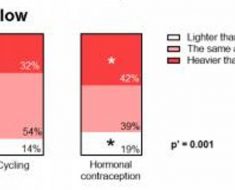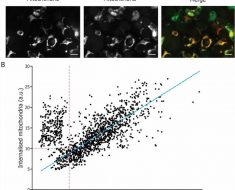

This increase then serves as a new, higher baseline price when the generic hits the market, and the new generic price can often be higher than the cost of the brand drug just a few months earlier.
GoodRx ran a historical pricing analysis on brand drugs that went generic in the last four years, looking at the price of the brand in the year or two before going generic, and then the price of the generic version once it reached the market. We found several instances where the price of a brand drug surged in the last few months of exclusivity. Once these drugs became available in a generic form, prices of the generics were typically 20% to 50% lower than the brand prices. But when compared to the brand prices just a few months earlier, the prices of generic versions were still frequently higher than what brand prices had been.

The pricing data reflects the full list prices at the pharmacy—the so-called “usual and customary” price—and comes from a representative sample of US prescription fills (not fills using GoodRx discounts) from several sources, including pharmacies and insurers. It does not include insurance co-pays or co-insurance. Prices per unit were calculated by averaging all available forms and strengths for each brand and generic.
Take Nitrostat (nitroglycerin) a drug used to relax blood vessels and relieve chest pain caused by angina. Just before a generic for Nitrostat was released, the price per tablet of Nitrostat increased by about 56% overnight—from around $0.80 to $1.25 per tablet. A year later, generic nitroglycerin came on the market for around $1.00 per tablet, 25% more expensive than Nitrostat had been before its price jump.
Prices for Intuniv (guanfacine ER), used to treat attention-deficit hyperactivity disorder (ADHD), show a similar trend: immediately before Intuniv went generic, manufacturer Shire hiked its price by 24%. When generic guanfacine ER came on the market at the end of 2014, its price per tablet averaged around $10.30—the same price that brand-name Intuniv cost just months before.

Abilify (aripiprazole), used to treat schizophrenia and bipolar disorder, went generic in early 2015. While the generic provided savings for patients, brand-name Abilify saw nearly a 20% spike in price before generic aripiprazole was released—with the price per unit of Abilify increasing from around $33 to almost $39 in just a few months. This price hike likely caused higher initial prices for generic aripiprazole, but as more manufacturers have started making generic aripiprazole in recent years, prices have dropped significantly.

Avodart (dutasteride) is used to treat benign prostatic hyperplasia (BPH), a common condition in men that can cause difficulty when urinating. Manufacturer GlaxoSmithKline increased the price for brand-name Avodart by nearly 15% just before generic dutasteride was released. Prices for generic dutasteride averaged around $5.70 per tablet in late 2015 and have stayed there since.

When blockbuster drug Crestor (rosuvastatin) went generic in 2016, many touted the savings that the generic could provide. However, immediately before the generic release, manufacturer AstraZeneca Pharmaceuticals raised the price per tablet for brand-name Crestor by 15%. What’s more, upon release, prices for generic rosuvastatin averaged around $8.50 per tablet, significantly more than brand-name Crestor had cost in 2014. Fortunately, prices have dropped precipitously in recent years as more companies have started to manufacture rosuvastatin.

Prices for brand and generic medications are generally quite different. Brand-name medications are protected by patents, giving one manufacturer market exclusivity for a period of several years. Without competition, manufacturers can price the brand drug as they see fit, which is typically pretty expensive.
When a brand’s patent expires, competitors often enter the market with generics or their own copies of the original brand-name medication. When a generic is released, the brand name-version is typically still available. Even though most prescriptions are filled using the new generic version, some patients still take the brand version, for various reasons.
Source: Read Full Article





